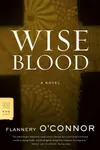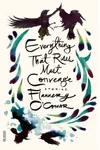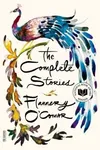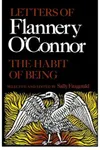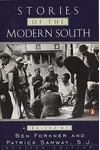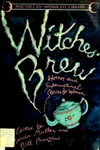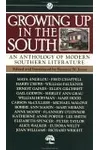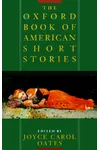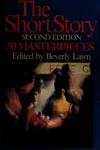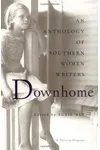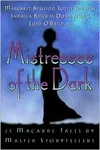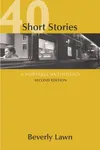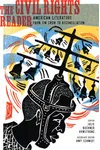Picture a Southern storyteller who wove tales of faith, flaws, and the grotesque with a sharp, unforgettable pen—meet Flannery O’Connor! Born in Savannah, Georgia, in 1925, O’Connor crafted stories that blend dark humor with profound moral questions, earning her a lasting spot in American literature. Despite a life cut short by lupus at 39, her Southern Gothic masterpieces continue to captivate readers.
The Making of Flannery O’Connor
Growing up in the Catholic South, Flannery O’Connor was shaped by her faith and her Georgian roots. She moved to Milledgeville, Georgia, as a teen, where peacocks roamed her family farm—a quirky detail that later inspired her vivid imagery. After studying at Georgia State College for Women, she honed her craft at the Iowa Writers’ Workshop, where her talent for stark, soulful storytelling began to shine.
Flannery O’Connor’s Unforgettable Stories
O’Connor’s stories are a wild ride through the human condition, blending the grotesque with the divine. Her first novel, Wise Blood (1952), follows a tormented preacher, Hazel Motes, in a darkly comic quest for meaning. Her short story collection, A Good Man Is Hard to Find (1955), features the chilling title story, where a family’s road trip ends in a confrontation with a fugitive called The Misfit. Everything That Rises Must Converge (1965), published posthumously, explores race, class, and redemption with piercing insight. O’Connor’s style—marked by vivid characters, sharp dialogue, and moral complexity—makes her work both unsettling and profound.
Her Southern Gothic lens often magnified the absurdities of human behavior, using flawed characters to probe big questions about grace and salvation. Critics praise her ability to balance humor and horror, creating stories that linger long after the final page.
Why Flannery O’Connor Matters
Flannery O’Connor’s influence stretches far beyond her brief career. Her fearless exploration of faith and morality resonates with readers and writers alike, earning her the National Book Award for Fiction in 1972 for her collected works. Her stories inspire modern authors like Cormac McCarthy and Toni Morrison, who share her knack for confronting life’s darker truths. O’Connor’s legacy endures in classrooms, book clubs, and literary circles, where her work sparks lively debates about humanity’s struggles.
- About Flannery O’Connor
- Born: March 25, 1925, Savannah, Georgia
- Key Works: Wise Blood, A Good Man Is Hard to Find, Everything That Rises Must Converge
- Awards: National Book Award (1972, posthumous)
- Died: August 3, 1964, from lupus
Call to Action: Snag A Good Man Is Hard to Find and dive into Flannery O’Connor’s haunting Southern Gothic world—her stories will leave you laughing, gasping, and thinking!
